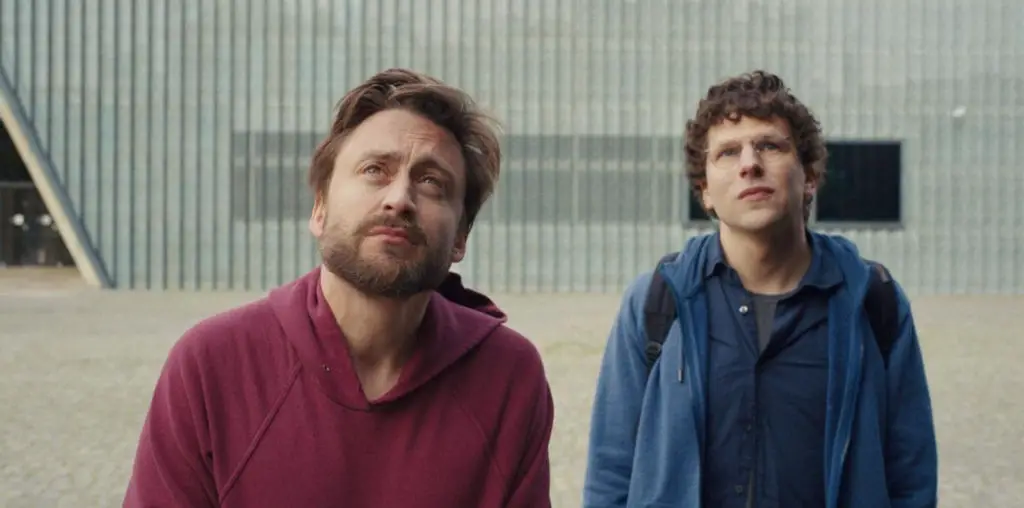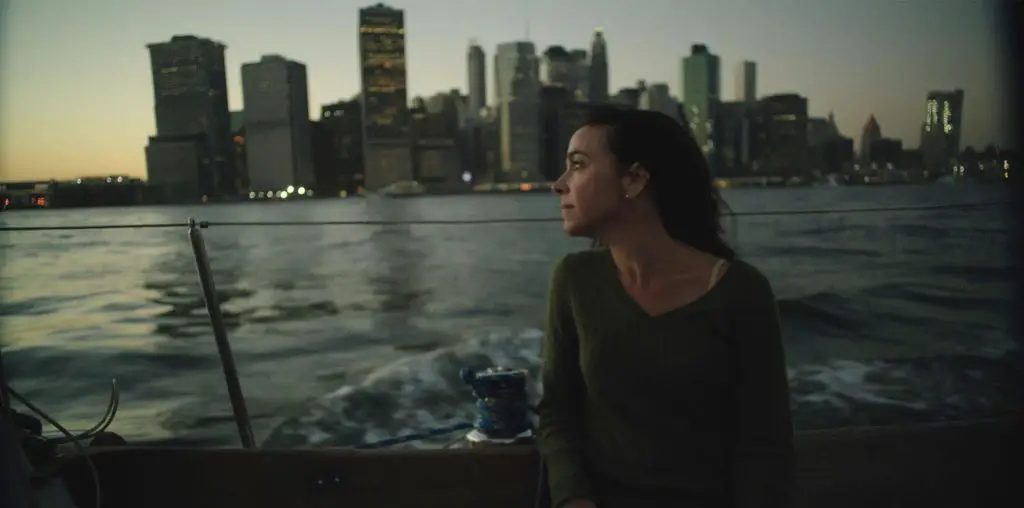
Utilizing a palette of black, white and gray to capture his documentary subjects, Robert T. Herrera’s The Gray Seasons follows the women’s basketball team at Saint Louis University over the course of a particularly transformative four years for the program. Her first year as a collegiate head coach, Shimmy Gray-Miller sets out to change the fortunes for the perennially losing team with a competitive attitude and a new class of recruits. And the program does find success, but it also runs into its fair share of obstacles as injuries, shifting loyalties and life priorities dismantle and rebuild the team over the course of the film’s running time.
It’s a fascinating look behind the curtain of collegiate sports. Watching the NCAA tournament, or following the typical sports coverage, it is easy to forget the day-to-day struggles that these young athletes face. Not everyone who plays sports in college is there to play said sport professionally, nor will everyone who hopes to do so actually achieve that goal. Some players will quit, others will get injured and still others will endure, but not find their way to that ultimate championship goal.
This film presents that reality, with its stark photography removing any flash or artificiality to evoke a rawness that is matched by the honesty of the subjects on camera. When Coach Gray-Miller points out that this isn’t a story along the lines of Hoosiers, it reveals a firm grasp on the reality for her team. Miracles can happen, but they probably won’t.
And even if those miracles do occur, they’re short-lived, as it’s time for the next game, the next season, the next class of recruits. It’s a maddening cycle of highs and lows, and one to which anyone who has ever played organized team sports can relate. It can be overwhelming.
Which is part of the difficulty with watching this film. The repetition of each season begins to blur together a bit by the film’s end; here’s another big game, here’s another tremendous win, here’s another heartbreaking loss, here’s another pep talk falling on deaf ears. You get caught up in the emotion, sure, but you also get caught up in that seemingly never ending cycle.
Also, as the film covers so much ground, it’s easy to become lost, for example, in who is who as the team’s roster changes, especially early on. Some faces and personalities stay consistent, and the film does focus on that first year’s recruits, but it also doesn’t go too in depth with anyone. This choice pays off by the time the film wraps up, as you get enough exposure to the various faces over the seasons that you naturally find yourself recognizing and cheering for their success, but initially it’s hard to engage. Again, though, it’s a choice to cover the coach and the team or focus specifically on one or two people, and the film opts for the former rather than a Hoops Dreams-esque study of a single person or duo (though, by the end, a select few do shine).
Overall, though, The Gray Seasons is a compelling and unflinching look at collegiate sports and athletes. Its candid, matter-of-fact portrayal is bolstered by its visual aesthetic, and the film benefits from the energy and natural dramatics of the sport and players it focuses on. Maybe there’s no fairy tale ending to this one, but you still celebrate each achievement along with the team, with each setback equally devastating.
This film was submitted for review through our Submission for Review system. If you have a film you’d like us to see, and we aren’t already looking into it on our own, you too can utilize this service.

